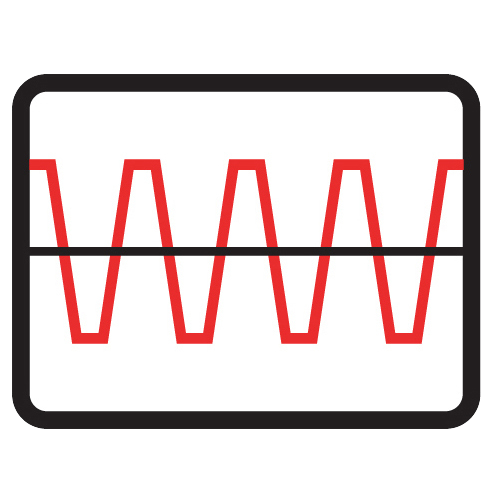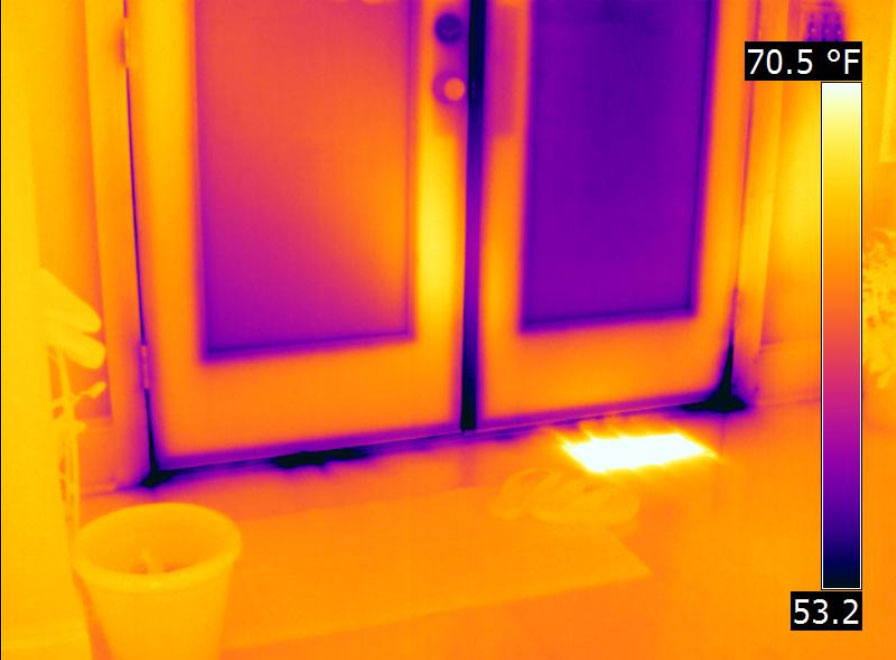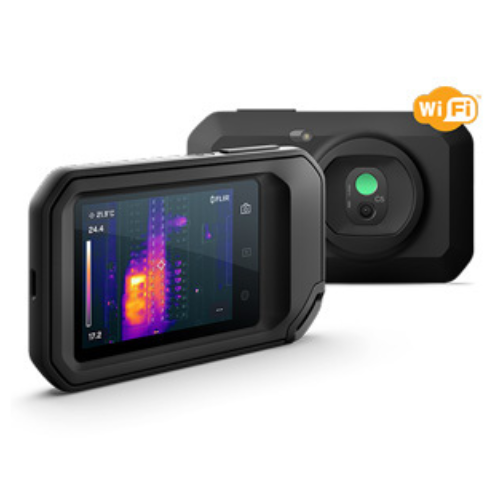Thermal Imaging - Energy Efficiency for Homes or Buildings
-
 By
S J Electronics
By
S J Electronics
- 15 Nov 2023
- 0 Comments

Facility managers and homeowners can reap significant benefits from routine thermal inspections, ensuring that their investment in energy is utilised efficiently. Over time, buildings can experience degradation in insulation or succumb to moisture ingress, impacting their overall performance. The challenge lies in uncovering these issues concealed behind walls. This is where thermal imaging emerges as a powerful tool, revealing underperforming or degraded areas and providing valuable insights into energy consumption for both heating and air conditioning systems. Addressing common problem areas by simply sealing gaps can result in substantial energy savings, potentially up to 20% annually on utility bills.
The user-friendly nature of infrared cameras allows even individuals without formal training to visually identify areas in homes or commercial buildings that require attention. For those seeking more comprehensive information, the FLIR Support Center is readily available, offering professional guidance to ensure optimal utilization of thermal imaging technology.


Insulation
Initiating an insulation inspection often begins with a meticulous examination of the weather stripping around windows and doors. These areas commonly serve as culprits for energy loss, whether due to aged, deteriorated seals or subpar original installation. As temperatures drop, stripping materials can contract, creating openings large enough for air to seep through, causing your heating or HVAC system to work harder than necessary. Identifying inadequate stripping enables a more efficient preparation for the winter season, focusing on preserving windows and doors, which are prominent sources of heat loss.
Thermal imaging proves exceptionally valuable in pinpointing missing insulation or areas where insulation has shifted. Various factors, such as pests or moisture, can contribute to wall insulation degradation. Detecting these issues is crucial before undertaking any repair work. With a 6°C (20°F) temperature disparity between the building's interior and exterior, thermal imaging swiftly reveals spots with inadequate insulation. Additionally, thermal imaging serves as a reliable tool for double-checking the efficacy of insulation installations. In the accompanying image, although the insulation seams initially appear well-packed, thermal imaging unveils lingering airflows, ensuring a thorough assessment of insulation effectiveness.
Moisture
Detecting moisture infiltration is as crucial as identifying air leaks, and both issues are equally discernible through thermal imaging. Seasoned homeowners and building inspectors understand the paramount importance of assessing moisture-related concerns and the potential complications they can introduce.
Areas like bathrooms, kitchens, laundry rooms, basements, attics, and exterior walls are consistently exposed to moisture, making them susceptible to prolonged dampness and subsequent damage. Intrusions can occur through exterior wall cracks, leaking pipes, malfunctioning HVAC systems, condensation, and more. Left unaddressed, these issues pave the way for mold growth, posing risks to both the structure and occupants' health. It's imperative to conduct thorough inspections of potential problem areas and intervene promptly to avert costly repairs.
While thermal imaging excels in detecting signs of water damage, it is not a standalone inspection tool. For accurate assessments, moisture meters should be used in conjunction with a thermal camera to precisely gauge the presence of water. Streamlining this process, the FLIR MR265 consolidates thermal imaging and moisture measurement into one device, ensuring a comprehensive inspection.


Recommended Products


The FLIR ONE Edge Pro
The FLIR ONE, a compact thermal camera connecting to your smartphone, offers powerful thermal and visible-light imaging. With VividIR™ technology, it efficiently detects air leaks, missing insulation, water intrusion, and common pest issues. Transform your smartphone into a comprehensive home inspection tool.


The FLIR C5
Meet the FLIR C5, a rugged, pocket-sized thermal camera designed for efficient inspections of older homes. With features like 1-Touch Level/Span, a temperature range of -20 to 400°C, and IP-54 rating for durability, it identifies hot fuses, air leaks, and plumbing issues. Capture and organize images seamlessly with FLIR Ignite cloud for easy access.


The FLIR Ex-Pro Series
The Ex-Pro series is a vital tool for professional inspectors, equipped with a 320 × 240 pixel thermal detector, built-in mic for voice annotation, and seamless compatibility with FLIR Ignite. Pinpoint invisible performance issues early, empowering maintenance teams to proactively optimize energy efficiency.



